Holger Claussen
Enhancing UAV Path Planning Efficiency Through Accelerated Learning
Jan 17, 2025Abstract:Unmanned Aerial Vehicles (UAVs) are increasingly essential in various fields such as surveillance, reconnaissance, and telecommunications. This study aims to develop a learning algorithm for the path planning of UAV wireless communication relays, which can reduce storage requirements and accelerate Deep Reinforcement Learning (DRL) convergence. Assuming the system possesses terrain maps of the area and can estimate user locations using localization algorithms or direct GPS reporting, it can input these parameters into the learning algorithms to achieve optimized path planning performance. However, higher resolution terrain maps are necessary to extract topological information such as terrain height, object distances, and signal blockages. This requirement increases memory and storage demands on UAVs while also lengthening convergence times in DRL algorithms. Similarly, defining the telecommunication coverage map in UAV wireless communication relays using these terrain maps and user position estimations demands higher memory and storage utilization for the learning path planning algorithms. Our approach reduces path planning training time by applying a dimensionality reduction technique based on Principal Component Analysis (PCA), sample combination, Prioritized Experience Replay (PER), and the combination of Mean Squared Error (MSE) and Mean Absolute Error (MAE) loss calculations in the coverage map estimates, thereby enhancing a Twin Delayed Deep Deterministic Policy Gradient (TD3) algorithm. The proposed solution reduces the convergence episodes needed for basic training by approximately four times compared to the traditional TD3.
Joint Transmit and Jamming Power Optimization for Secrecy in Energy Harvesting Networks: A Reinforcement Learning Approach
Jul 24, 2024



Abstract:In this paper, we address the problem of joint allocation of transmit and jamming power at the source and destination, respectively, to enhance the long-term cumulative secrecy performance of an energy-harvesting wireless communication system until it stops functioning in the presence of an eavesdropper. The source and destination have energy-harvesting devices with limited battery capacities. The destination also has a full-duplex transceiver to transmit jamming signals for secrecy. We frame the problem as an infinite-horizon Markov decision process (MDP) problem and propose a reinforcement learning-based optimal joint power allocation (OJPA) algorithm that employs a policy iteration (PI) algorithm. Since the optimal algorithm is computationally expensive, we develop a low-complexity sub-optimal joint power allocation (SJPA) algorithm, namely, reduced state joint power allocation (RSJPA). Two other SJPA algorithms, the greedy algorithm (GA) and the naive algorithm (NA), are implemented as benchmarks. In addition, the OJPA algorithm outperforms the individual power allocation (IPA) algorithms termed individual transmit power allocation (ITPA) and individual jamming power allocation (IJPA), where the transmit and jamming powers, respectively, are optimized individually. The results show that the OJPA algorithm is also more energy efficient. Simulation results show that the OJPA algorithm significantly improves the secrecy performance compared to all SJPA algorithms. The proposed RSJPA algorithm achieves nearly optimal performance with significantly less computational complexity marking it the balanced choice between the complexity and the performance. We find that the computational time for the RSJPA algorithm is around 75 percent less than the OJPA algorithm.
Multi-task Learning-based Joint CSI Prediction and Predictive Transmitter Selection for Security
May 01, 2024Abstract:In mobile communication scenarios, the acquired channel state information (CSI) rapidly becomes outdated due to fast-changing channels. Opportunistic transmitter selection based on current CSI for secrecy improvement may be outdated during actual transmission, negating the diversity benefit of transmitter selection. Motivated by this problem, we propose a joint CSI prediction and predictive selection of the optimal transmitter strategy based on historical CSI by exploiting the temporal correlation among CSIs. The proposed solution utilizes the multi-task learning (MTL) framework by employing a single Long Short-Term Memory (LSTM) network architecture that simultaneously learns two tasks of predicting the CSI and selecting the optimal transmitter in parallel instead of learning these tasks sequentially. The proposed LSTM architecture outperforms convolutional neural network (CNN) based architecture due to its superior ability to capture temporal features in the data. Compared to the sequential task learning models, the MTL architecture provides superior predicted secrecy performance for a large variation in the number of transmitters and the speed of mobile nodes. It also offers significant computational and memory efficiency, leading to a substantial saving in computational time by around 40 percent.
Towards Industry 5.0: Intelligent Reflecting Surface (IRS) in Smart Manufacturing
Jan 11, 2022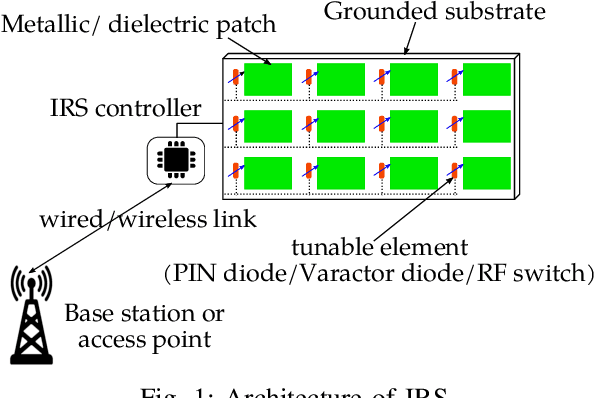
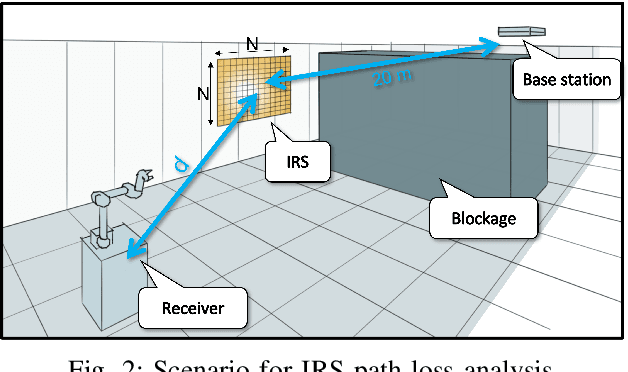
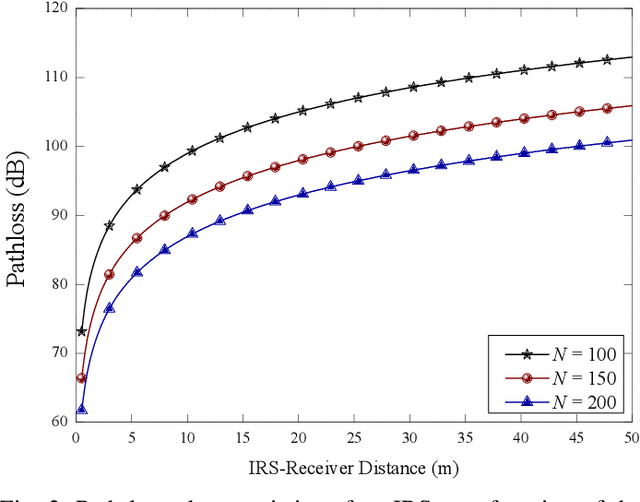
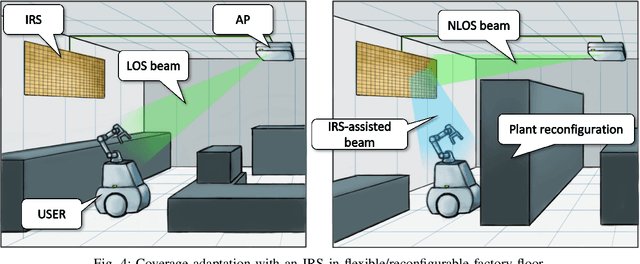
Abstract:Industry 5.0 envisions close cooperation between humans and machines that requires ultra-reliable and low latency communications (URLLC). Intelligent Reflecting Surface (IRS) has the potential to play a crucial role in realizing wireless URLLC for Industry 5.0. IRS is forecasted to be a key enabler of 6G wireless communication networks as it can significantly improve the wireless network's performance by creating a controllable radio environment. In this paper, we first provide an overview of IRS technology and then conceptualize the potential for IRS implementation in a smart manufacturing environment to support the emergence of Industry 5.0 with a series of applications. Finally, to stimulate future research in this area, we discuss the strength, open challenges, maturity, and enhancing areas of the IRS technology in modern smart manufacturing.
Unitary Checkerboard Precoded OFDM for Low-PAPR Optical Wireless Communications
Oct 06, 2021

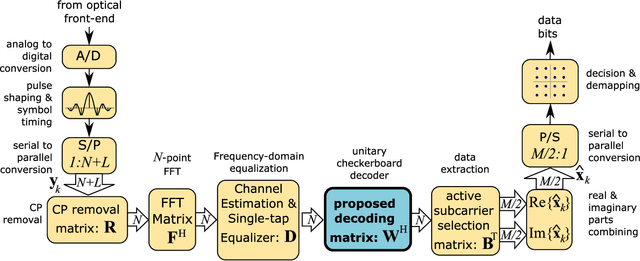

Abstract:Future 6G wireless networks will once again have to raise the capability in most of the technology domains by a factor of 10-100. Depending on the application, future requirements include peak data rates of 1Tb/s per user, 0.1ms latency, less than 1 out of a million outage, centimetre accurate positioning, near zero energy consumption at the device, and operation in different environments including factories, vehicles, and more. Optical wireless communications (OWC) have the potential to provide ultra-high data rates in a cost effective way, thanks to the vast and freely available light spectrum, and the availability of devices for transmitters and receivers. 5G NR architecture permits the integration of stand-alone OWC nodes on network layer. Current 6G research investigates advanced physical layer designs including OWC-compatible waveforms. In this context, in this paper a new pre-coded orthogonal frequency division multiplexing (OFDM) waveform is proposed that is tailored to the OWC specific needs. Its prime advantage compared to OFDM is the ultra-low peak-to-average power ratio (PAPR), while preserving other benefits, such as high spectral efficiency, flexible subcarrier nulling, and low computational complexity.
3D UAV Trajectory and Data Collection Optimisation via Deep Reinforcement Learning
Jun 06, 2021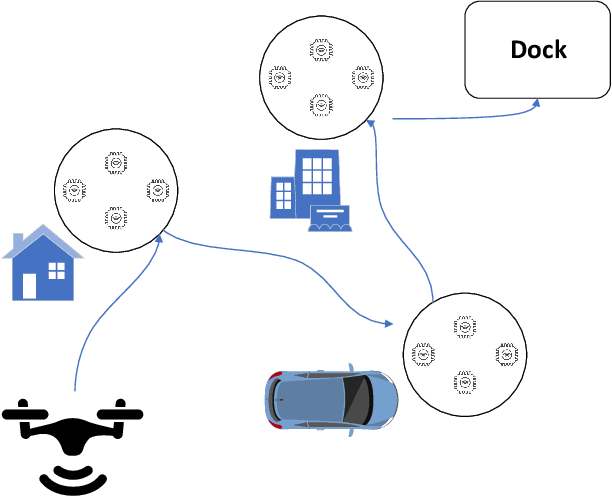
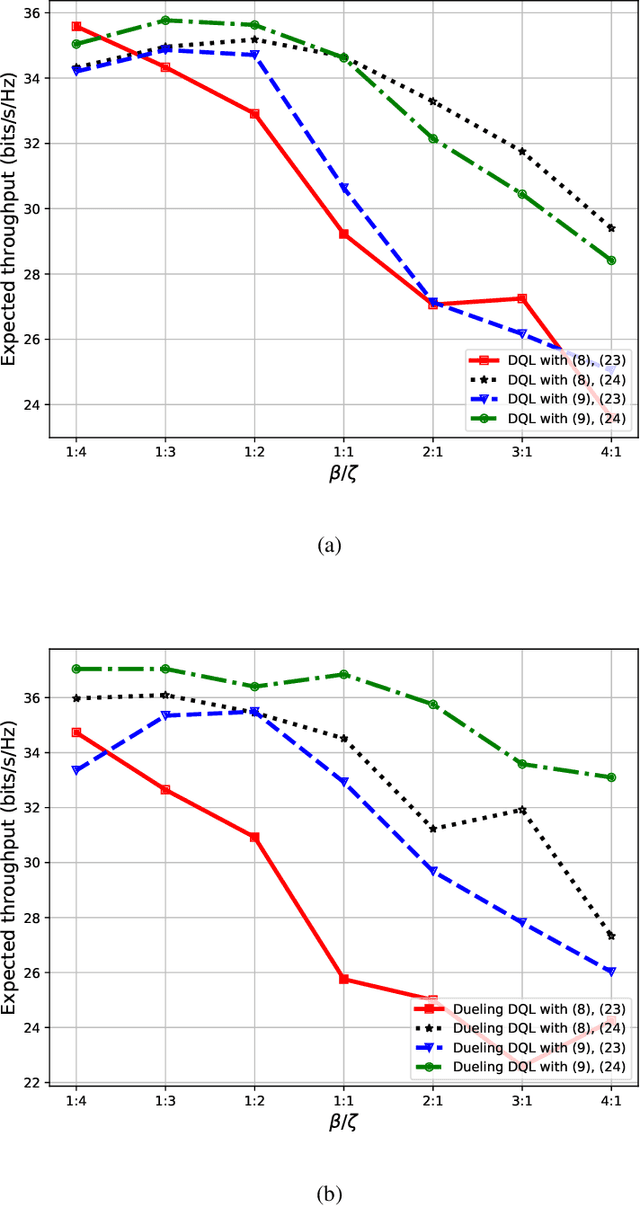
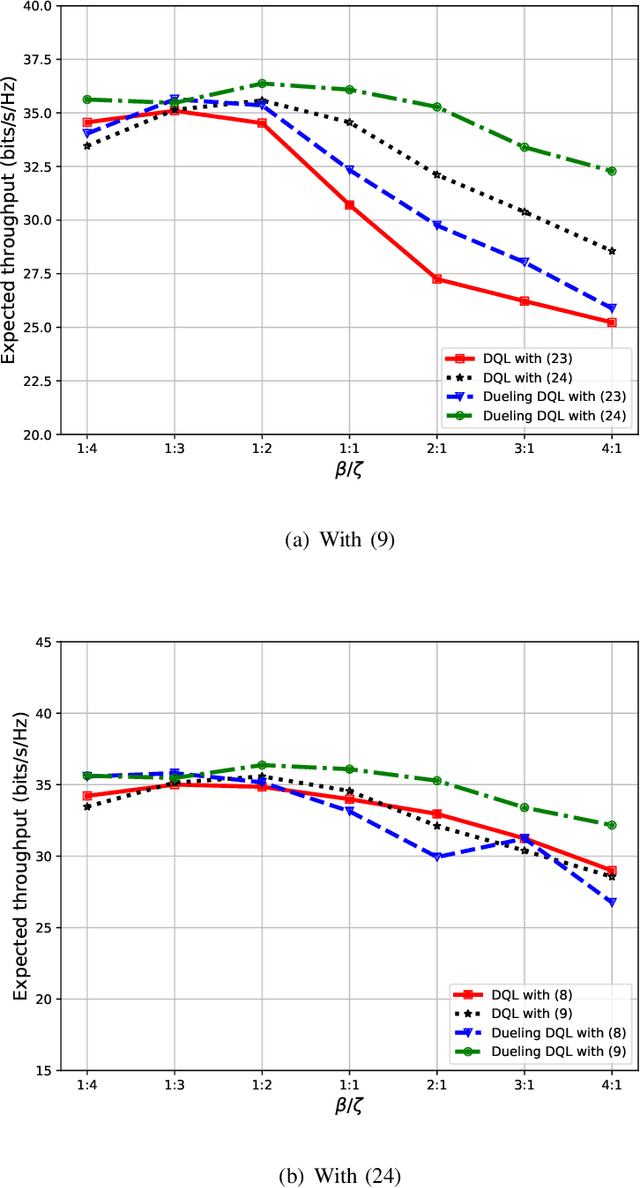
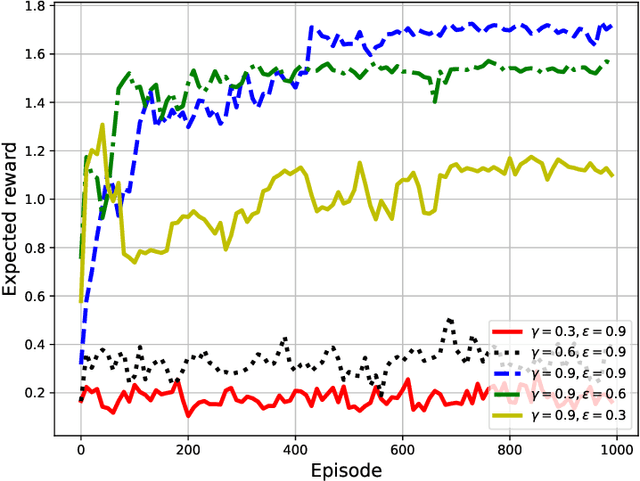
Abstract:Unmanned aerial vehicles (UAVs) are now beginning to be deployed for enhancing the network performance and coverage in wireless communication. However, due to the limitation of their on-board power and flight time, it is challenging to obtain an optimal resource allocation scheme for the UAV-assisted Internet of Things (IoT). In this paper, we design a new UAV-assisted IoT systems relying on the shortest flight path of the UAVs while maximising the amount of data collected from IoT devices. Then, a deep reinforcement learning-based technique is conceived for finding the optimal trajectory and throughput in a specific coverage area. After training, the UAV has the ability to autonomously collect all the data from user nodes at a significant total sum-rate improvement while minimising the associated resources used. Numerical results are provided to highlight how our techniques strike a balance between the throughput attained, trajectory, and the time spent. More explicitly, we characterise the attainable performance in terms of the UAV trajectory, the expected reward and the total sum-rate.
 Add to Chrome
Add to Chrome Add to Firefox
Add to Firefox Add to Edge
Add to Edge